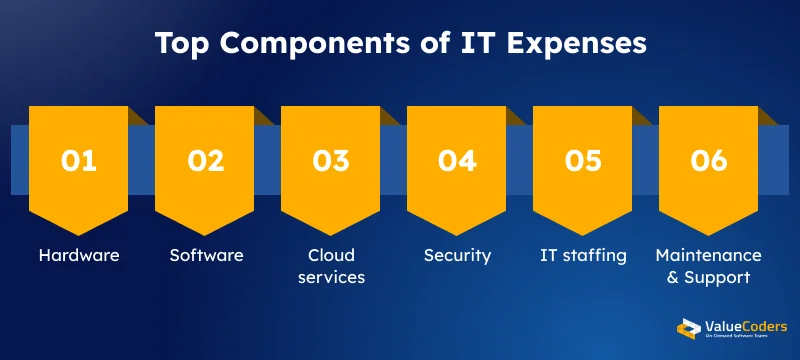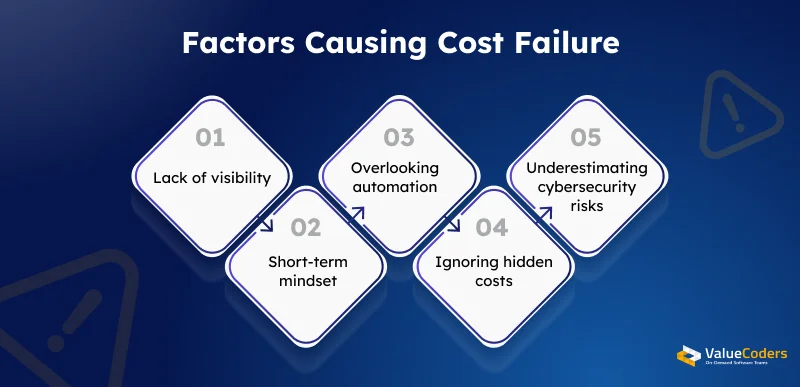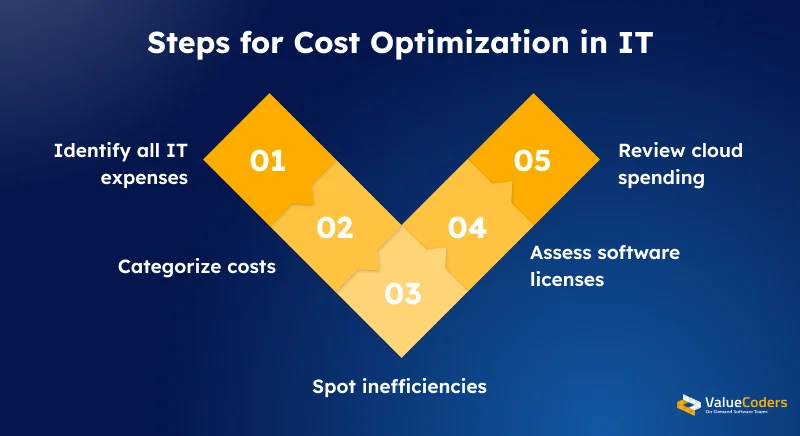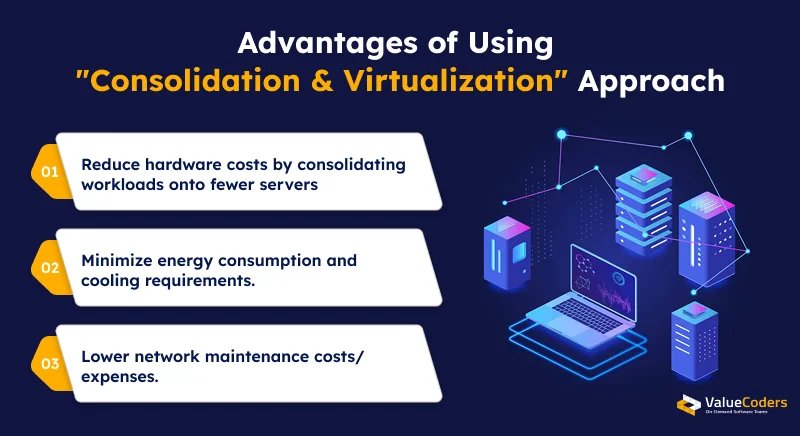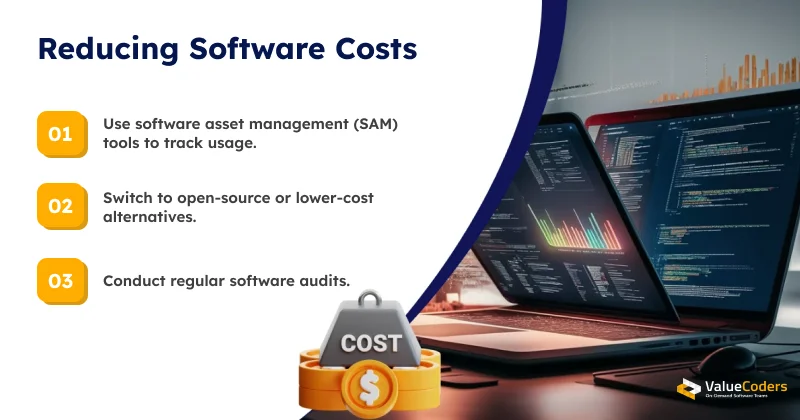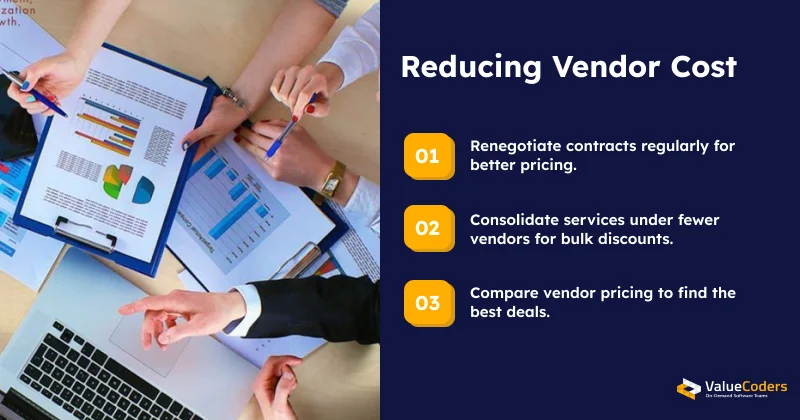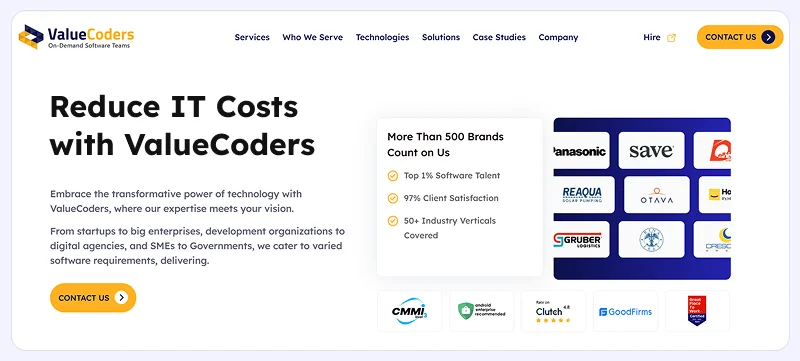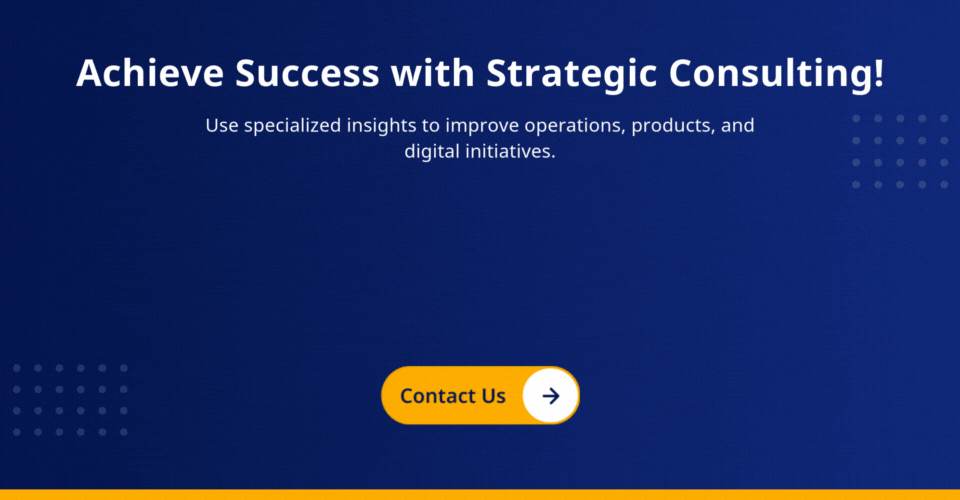A recent Gartner report shows that the worldwide IT spending will reach $5.74 trillion in 2025, an increase of 9.3% as compared to last year.
Modern businesses often deal with issues such as overlapping software licenses, cybersecurity risks, unexpected cloud costs, and idle infrastructure costs, which ultimately lead to uncontrollable IT expenditures.
Hence, project managers are under extreme pressure to reduce overall IT costs without compromising business efficiency.
A serious cost reduction requires a strategic approach to achieve this. But it is not as simple as you think. A lot of businesses focus on the wrong strategies to save pennies instead of making the right investments that will save them way more.
Here, you will explore the key proven approaches to reduce costs and improve efficiency without cutting your staff or benefits.
An Introduction to IT Costs & Reduction Goals
Before initiating any IT cost reduction measures, businesses need to have a clear understanding of their overall IT expenditure habits and set realistic cost reduction targets aligned with complete business goals.
Breakdown of IT Expenses
IT budgets typically include:
- Hardware: Servers, storage devices, networking equipment, and end-user devices.
- Software: Licensing, subscriptions, and development costs.
- Cloud services: Computing, storage, databases, and networking.
- Security: Firewalls, antivirus solutions, monitoring tools, and compliance costs.
- IT staffing: Salaries, benefits, and outsourced IT support.
- Maintenance & Support: Software updates, repairs, and vendor support contracts.
Why IT Cost Reduction Matters?
Reducing IT maintenance costs is not about reducing numbers alone. It is about releasing funds for the following things:
- More strategic investment
- Enhancing agility
- Achieving long-term financial health.
Cost-cutting measures must be balanced against business needs to ensure workflows and security are not interrupted.
All IT spending should capitalize on business growth. By eliminating waste and prioritizing expenditures on mission-critical initiatives, firms can grow more efficiently with a robust technological base.
Get access to our cost-efficient software teams with 97% client retention across 18+ global industries.
Why Cost Reductions Fail? An Overview
Many cost-cutting initiatives fail because they focus on the wrong areas or short-term cuts rather than sustainable IT cost optimization, often ignoring the intricate relationship between technology investments and business value creation.
Here’s why:
- Lack of visibility: Without a clear understanding of IT spending, businesses end up cutting essential software product development services.
- Short-term mindset: Cost-cutting efforts should focus on long-term efficiency, not just immediate savings.
- Neglecting automation: Time and money are wasted through manual processes; however, automation can rectify this.
- Overlooking silent expenses: Shadow IT, redundant software, and unused cloud resources quietly leech budgets.
- Underestimating cybersecurity threats: Reducing security budgets can result in costly breaches.
Therefore, companies should adopt a strategic mindset that reduces expenses and improves operations instead of disrupting them.
Also Read – How to Reduce High Software Development Costs for Startups
Conducting an IT Audit for Cost Optimization
A careful IT audit helps businesses to find out waste and thus, enables them to make informed cost-cutting decisions. Hence, businesses can find hidden cost-saving opportunities by regularly monitoring their IT expenses.
Steps to Assess IT Expenditures
- Identify all IT expenses: You must review hardware, software, cloud services, and vendor contracts.
- Categorize costs: This involves a detailed comparison of “essential vs. non-essential expenses”.
- Check inefficiencies: You must identify redundant software, underused hardware tools, and excessive vendor costs.
- Assess software licenses: You should check for the unused licenses and switch to cost-effective alternatives.
- Review cloud spending: Eliminate idle instances and adjust storage usage.
Hire from our pool of 675+ digital experts and reduce hiring, training, and infrastructure overheads.
Key IT Cost Optimization Strategies Without Hampering Business Efficiency
Smart IT cost management is not about slashing budgets. It is about strategic realignment that eliminates waste while strengthening capabilities that drive competitive advantage and operational excellence.
Have a look at the key IT cost optimization strategies here:
1. Cloud IT Cost Optimization
Cloud computing is a double-edged sword—while it offers scalability, it can lead to unchecked spending.
How to control cloud expenses:
- Right-size cloud resources: Eliminate underutilized instances.
- Use reserved instances: Commit to long-term cloud plans for better pricing.
- Optimize storage: Accessed data often moves to lower-cost storage tiers.
- Deploy auto-scaling: According to the demand, adjust resources to avoid paying for idle capacity.
A well-managed cloud strategy ensures businesses only pay for what they use.
2. Consolidation and Virtualization
Running multiple physical servers is expensive. Virtualization allows businesses to do more with less.
Key advantages of virtualization:
- Minimize the total hardware costs by managing and shifting workloads onto fewer servers.
- Reduce energy consumption and cooling requirements.
- Lower network maintenance costs/expenses.
Shifting to a virtualized environment improves IT budget management while maintaining performance.
3. Automating IT Processes
Manual IT processes slow down productivity and increase operational costs.
Areas where automation can reduce costs:
- Software updates & patching: Automated updates reduce downtime and security risks.
- Network monitoring: AI-driven monitoring tools detect issues before they escalate.
- Helpdesk automation: Chatbots and self-service portals help reduce the overall IT support costs.
Automating IT processes reduces total maintenance costs and allows IT software teams to focus on core activities.
4. Strategic Outsourcing
Not all IT functions need to be handled in-house in the software development industry.
Outsourcing can help in:
- Helpdesk support: Reduce the cost of maintaining an internal IT support team.
- Cybersecurity monitoring: Leverage external security experts for 24/7 protection.
- Software development: Hire external teams for app and software product development.
IT outsourcing solutions provide access to specialized expertise without long-term staffing costs.
We help businesses reduce software costs by up to 40% using our proven offshore delivery model.
5. Software License Optimization
Unused software licenses waste money.
How to reduce software costs:
- Conduct regular software audits.
- Switch to open-source or lower-cost alternatives.
- Use software asset management (SAM) tools to track usage.
Better software license management ensures businesses only pay for what they need.
6. Enhancing Energy Efficiency
Energy consumption is a hidden IT cost.
Ways to cut energy expenses:
- Upgrade to energy-efficient hardware.
- Optimize cooling systems in data centers.
- Move workloads to the cloud to reduce on-premise power usage.
Energy-efficient IT operations reduce costs while supporting sustainability efforts.
7. Improving IT Staff Productivity
Unproductive IT teams increase expenses.
Ways to improve productivity:
- Provide training on new technologies and automation tools.
- Invest in collaboration tools to improve workflows.
- Use AI services for IT operations to reduce manual workloads.
If you don’t have time, money and resources to train your staff, IT staff augmentation is an excellent approach to have pre-vetted experts by your side.
Also Read – Why Do Enterprises Turn to IT Outsourcing for AI Talent?
8. IT Asset Management & Lifecycle Planning
Poor asset management leads to waste.
Key steps for better asset tracking:
- Maintain an up-to-date inventory of IT assets.
- Retire or upgrade hardware based on lifecycle evaluations.
- Eliminate ghost assets (unused hardware and software still incurring costs).
Proper IT asset management prevents unnecessary expenses.
9. Strengthening Cybersecurity
Cyberattacks can result in major financial losses.
How to enhance security without overspending:
- Implement multi-factor authentication (MFA).
- Use AI-driven threat detection tools.
- Conduct regular security audits to detect vulnerabilities.
Strong cybersecurity measures protect against costly breaches and downtime.
10. Vendor Management and Contract Negotiation
Vendor contracts can be a major IT budget burden.
How to reduce vendor costs:
- Renegotiate contracts regularly for better pricing.
- Consolidate services under fewer vendors for bulk discounts.
- Compare vendor pricing to find the best deals.
Better vendor management lowers IT outsourcing costs.
11. Measuring and Tracking ROI
Cost-cutting efforts should be measurable.
How to track IT cost savings:
- Use analytics tools to monitor IT spending trends.
- Set clear cost-saving goals.
- Regularly evaluate IT investments for efficiency gains.
Tracking ROI ensures that IT budget management remains a continuous effort.
Our clients report 2x faster go-to-market with 30% lower costs by choosing our offshore software delivery team.
Reduce IT Cost with ValueCoders
Cutting IT costs without sacrificing efficiency is no longer about slashing budgets; it’s about making smarter, strategic decisions. From cloud optimization and automation to better asset management and vendor negotiation, businesses can reduce waste while boosting performance.
We have helped numerous organizations lower their IT expenses while ensuring the confidentiality of their business. We at ValueCoders are proud to have delivered over 2400 successful projects and more than 675 seasoned developers.
Our expertise in guiding organizations in need of IT consulting, cloud migration, automation, software development, advanced industrialization regions ensures better outcomes.
Contact us for cutting-edge lean solutions to lead your company to the right pathway. We are eager to help you make advanced strides in IT optimization.


